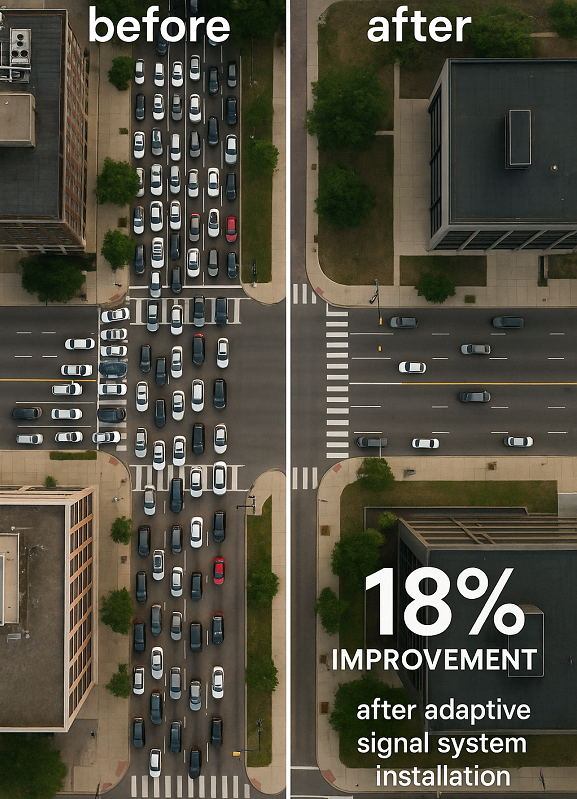How Do Traffic Engineers Solve Traffic Problems?
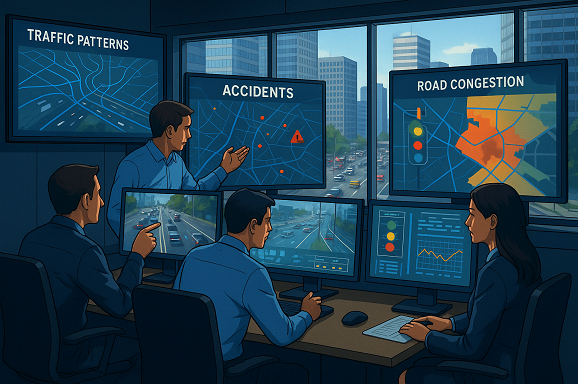
The Role of Traffic Engineers in Urban Areas
Traffic engineers study road networks, traffic flow, and user behavior to develop strategies that improve transportation systems. They work with local governments, transportation departments, and urban planners to address problems in existing infrastructure. Their responsibilities range from analyzing traffic patterns to implementing control systems that regulate traffic movement. Through these efforts, they help reduce delays, prevent collisions, and support economic activity by maintaining reliable transportation routes.
Data Collection & Analysis
Effective traffic engineering begins with comprehensive data collection. Engineers gather various types of information to understand existing conditions and identify underlying issues.
Traffic Volume Studies
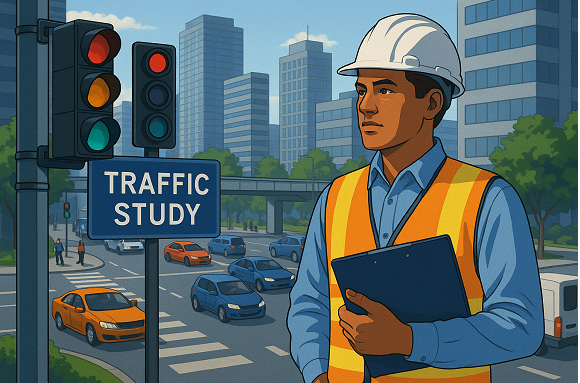
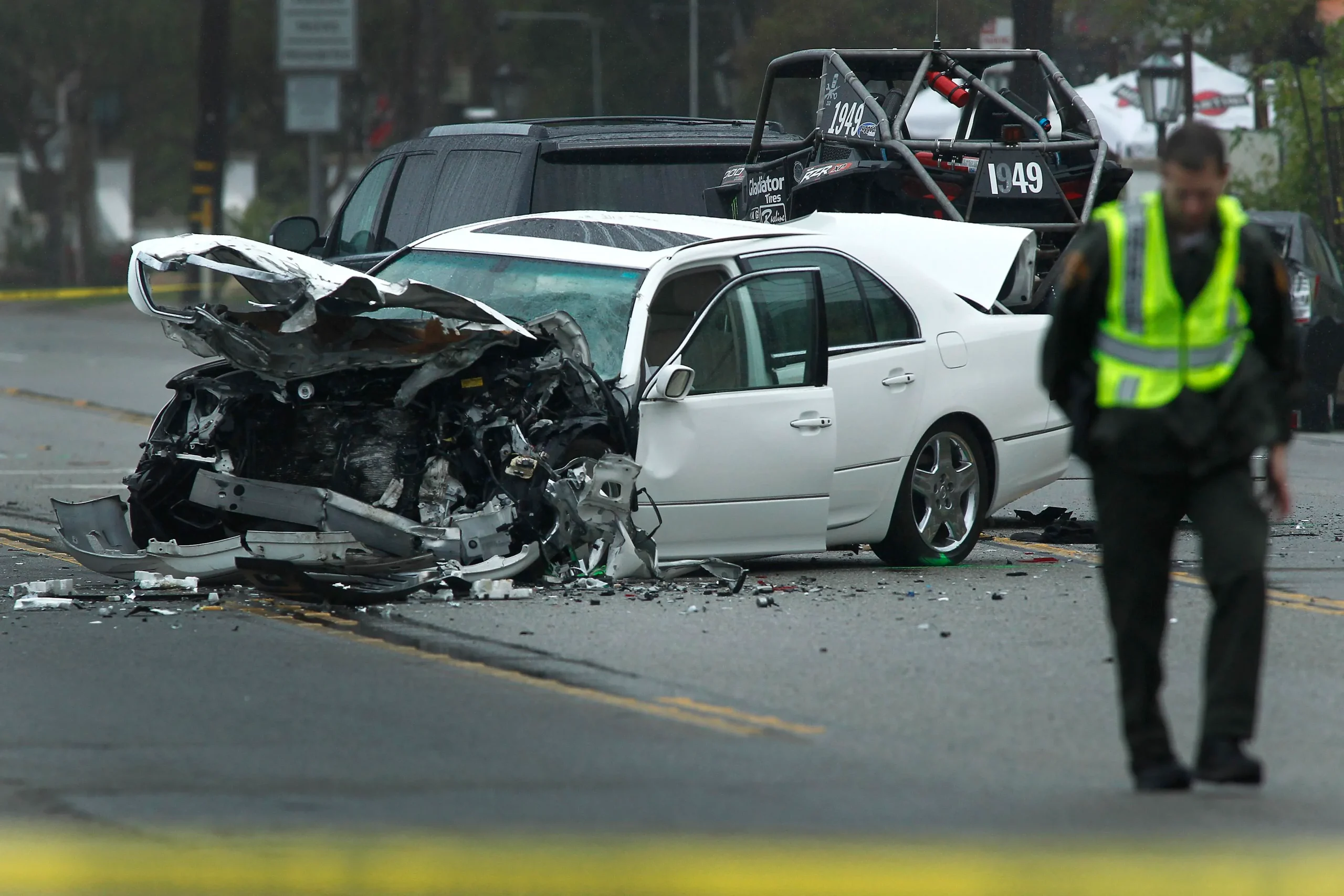
Speed Studies
Accident Data Analysis
Problem Identification
Congestion Hotspots
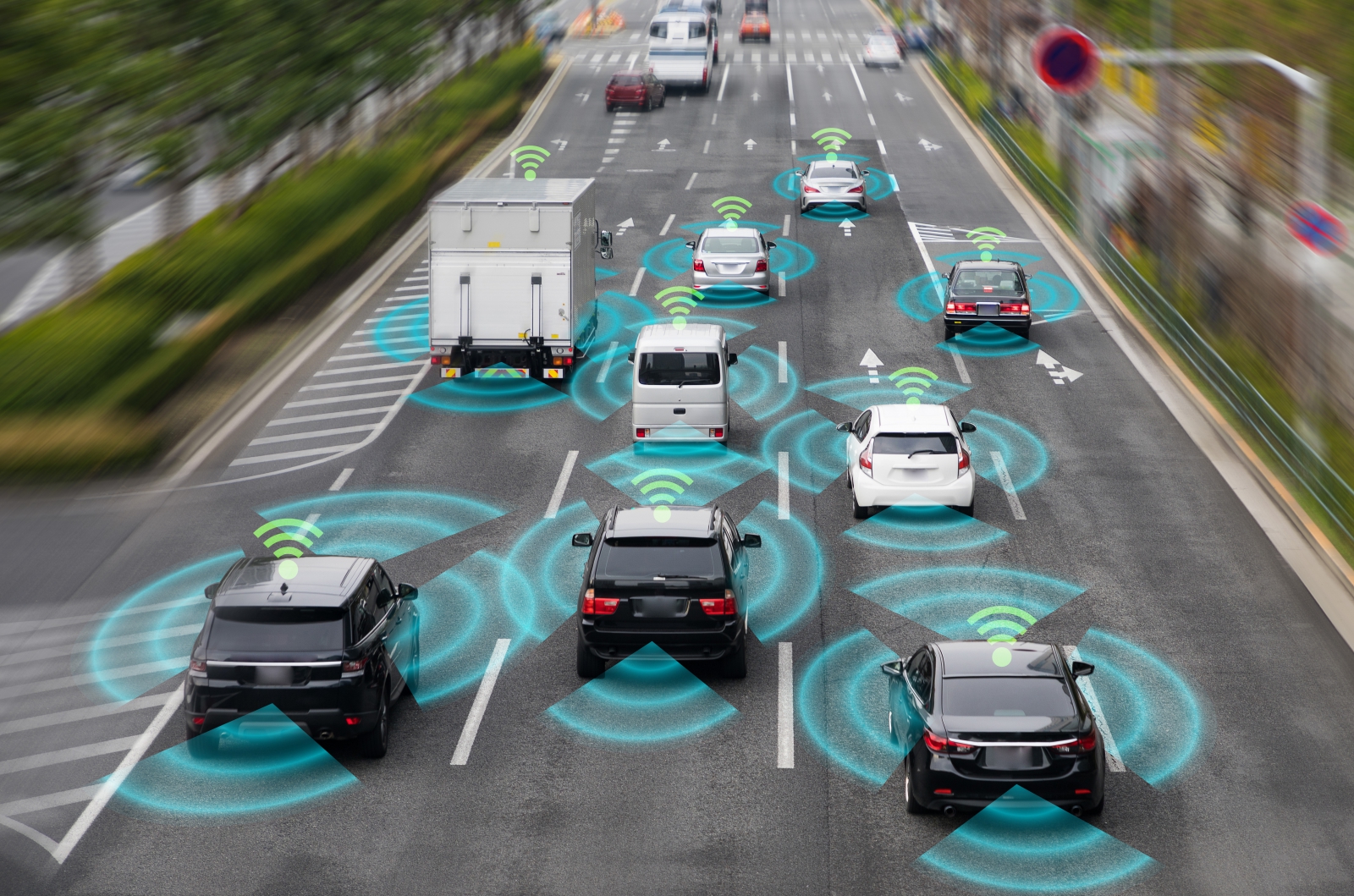
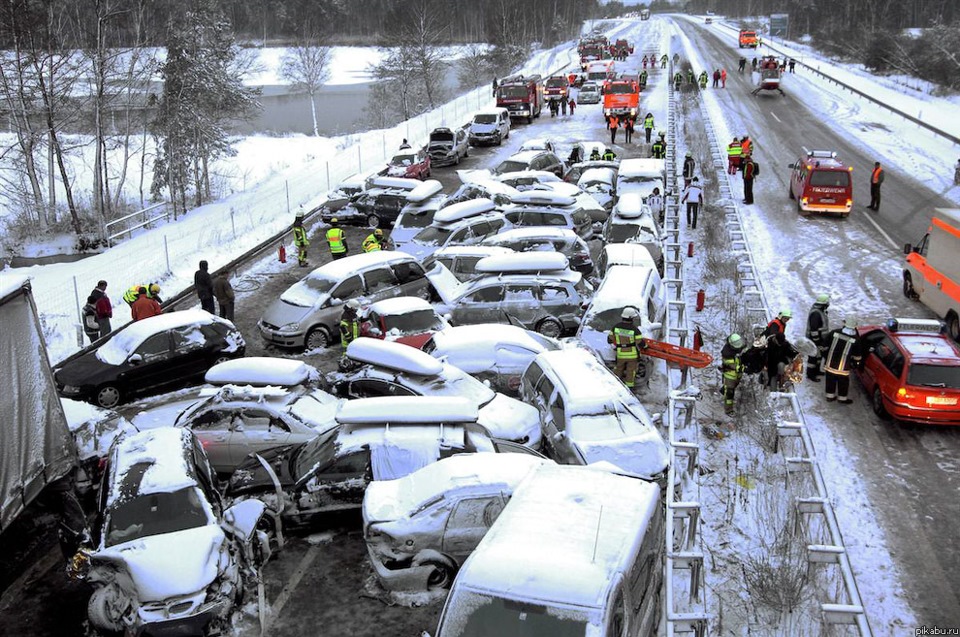
High Accident Locations
Solution Development
After identifying the nature and location of traffic problems, engineers design solutions based on the characteristics of the issue and the goals of the transportation system.
Signal Timing Optimization
Adjusting the timing of traffic signals can improve traffic flow at intersections. Engineers evaluate current signal cycles and determine if changes can reduce wait times, balance traffic movement in all directions, and decrease fuel consumption. Understanding the types of traffic signals used such as fixed-time, actuated, or adaptive signals helps engineers decide how best to optimize timing. Signal coordination across multiple intersections, known as signal progression, helps vehicles pass through green lights with fewer stops.
Intersection Redesign
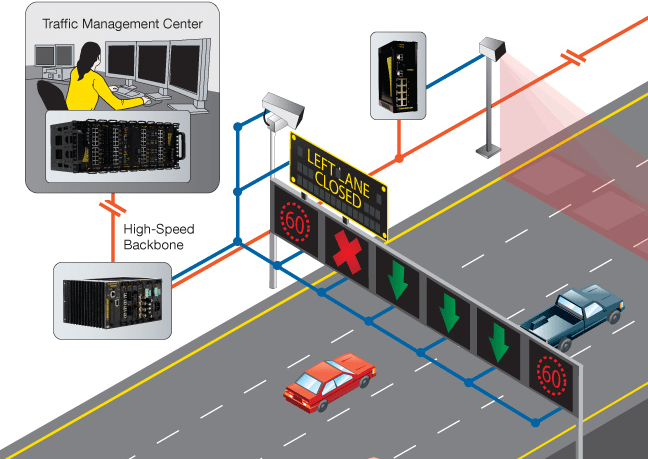

Implementation of Roundabouts or Traffic Calming Measure
Technology Integration
Use of Intelligent Transportation Systems (ITS)
Intelligent Transportation Systems integrate communication and information technologies with transportation infrastructure. Examples include traffic cameras, dynamic message signs, vehicle detection sensors, and real-time traffic monitoring software. ITS applications enable quick incident response, inform drivers of conditions, and support data-driven decision-making.
Adaptive Signal Control Technologies
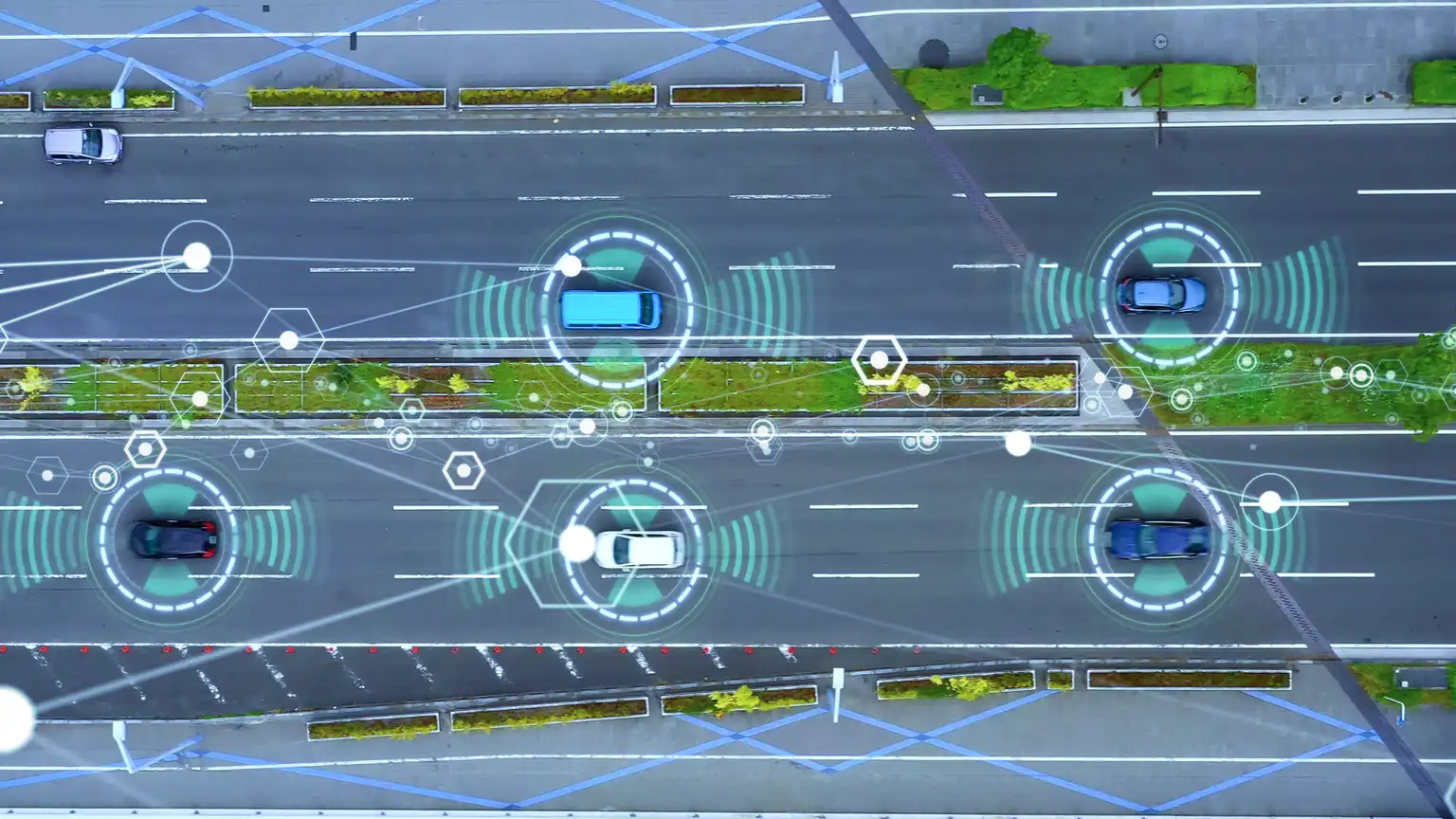

Case Studies in Traffic Problem Resolution
Emerging Technologies in Traffic Management
Artificial Intelligence & Predictive Analytics

